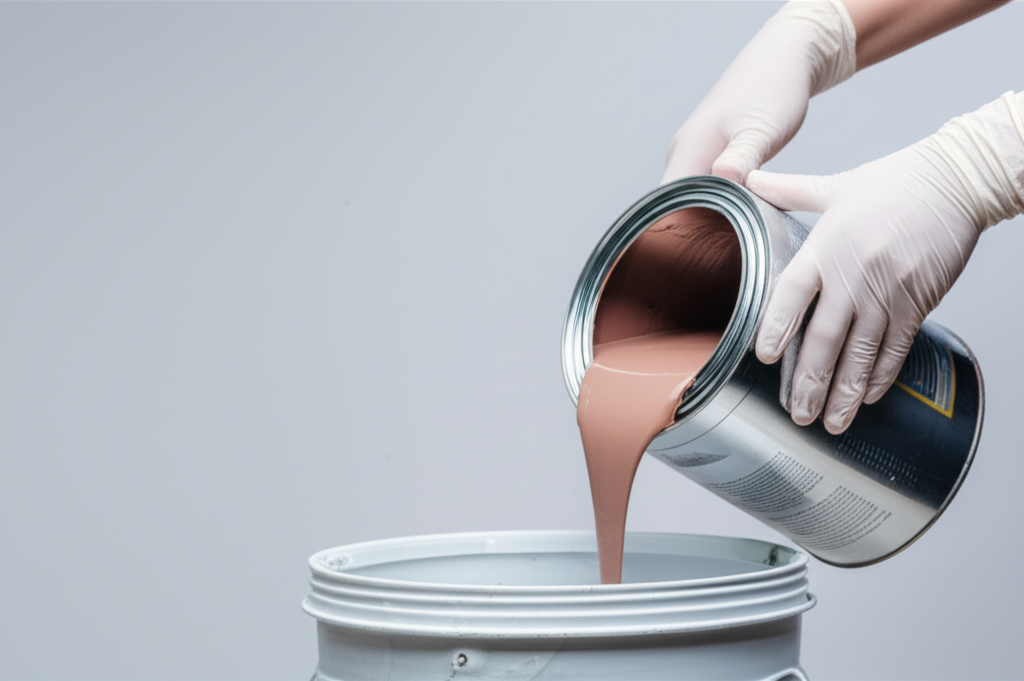How Do You Discard Paint
Disposing of paint properly is essential for environmental safety and legal compliance. Whether you’re finishing a home improvement project or cleaning out your garage, knowing how to discard paint responsibly prevents harmful chemicals from contaminating soil and water. Improper disposal can lead to hefty fines and environmental damage, so it’s crucial to follow the right steps. This guide will walk you through the safest and most effective ways to discard paint, whether it’s water-based, oil-based, or aerosol.
Types of Paint and Their Disposal Requirements
Different types of paint require different disposal methods due to their chemical compositions. Understanding what you’re working with is the first step in safe disposal.

Water-Based Paint (Latex)
Water-based or latex paint is the most common type and is generally easier to dispose of than oil-based paint. It’s considered less hazardous, but proper handling is still necessary.
Oil-Based Paint
Oil-based paint contains solvents like turpentine or mineral spirits, making it more toxic and flammable. These paints often require special disposal methods due to their hazardous nature.
Aerosol Paint
Aerosol paint cans are pressurized and may still contain flammable propellants, even if empty. Improper disposal can lead to explosions or hazardous waste contamination.
Steps to Safely Discard Paint
1. Determine if the Paint is Usable
Before discarding paint, check if it’s still usable. If the paint is dried out or hardened, it may be non-hazardous and suitable for regular trash. For liquid paint, consider donating or recycling it if possible.
2. Dry Out Water-Based Paint
To dispose of small amounts of water-based paint, let it dry completely. Mix in an absorbent material like cat litter or sawdust to speed up the process. Once dry, place it in the trash.
3. Recycle or Dispose of Oil-Based Paint
Oil-based paint should never be poured down drains or thrown in the trash. Contact local hazardous waste facilities for proper disposal options. Some areas offer paint recycling programs for oil-based products.

4. Empty Aerosol Cans Properly
For aerosol paint cans, ensure they’re completely empty before disposal. If they contain residual paint or propellant, take them to a household hazardous waste facility. Never puncture or incinerate aerosol cans.

Local Regulations and Resources
Paint disposal laws vary by location, so always check local regulations. Many cities have hazardous waste collection events or designated drop-off sites for paint.
Find Hazardous Waste Facilities
Search for “hazardous waste disposal near me” or visit your city’s waste management website for specific guidelines. Some hardware stores also accept leftover paint for recycling.
Community Paint Recycling Programs
Some organizations accept usable paint for redistribution. Check with local charities, schools, or community centers to see if they accept donations.
Conclusion
Properly discarding paint is a small but impactful way to protect the environment and comply with local laws. Whether you’re drying out leftover latex paint or dropping off oil-based cans at a hazardous waste facility, taking the right steps ensures safety and sustainability. Always prioritize recycling and donation when possible, and when in doubt, consult your local waste management resources. By following these guidelines, you can responsibly dispose of paint while minimizing harm to the planet.







